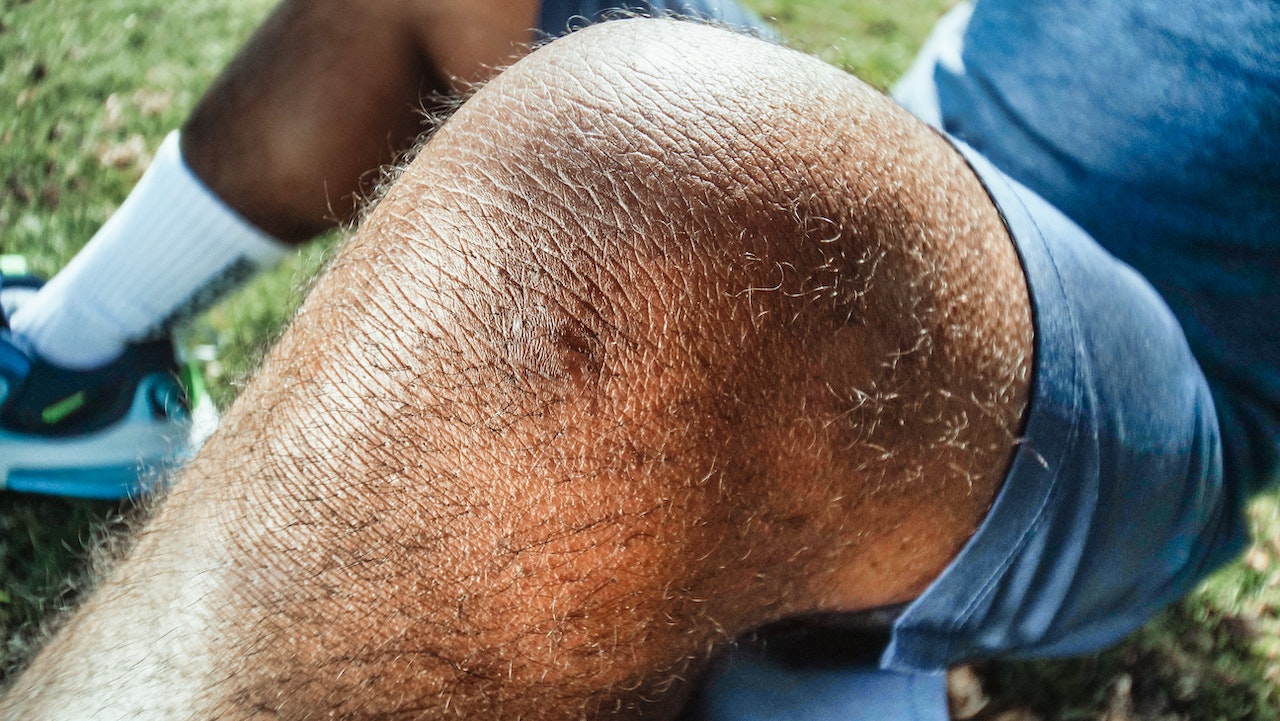Running delivers immense physical and mental health benefits. But like any exercise, it also carries injury risks that can derail your training when not addressed proactively. From shin splints and stress fractures to runner’s knee and hamstring pulls, runners face myriad potential setbacks. However, smart preventive strategies help ward off issues that might sideline you. This article shares top tips to help you maintain running health and fitness while avoiding common injuries.
Adopt a Regular Strength Routine
While running strengthens the lower body, it can also create muscle imbalances over time, which impact alignment and movement mechanics. This imbalance is linked to overuse injuries. A regular strength training routine that includes the core, hips, glutes, and upper body helps address deficiencies. Include exercises like squats, lunges, planks, and resistance band routines 2-3 times per week. Strengthening muscles protects joints by improving shock absorption.
Add Stability and Mobility Drills
Simple stability and mobility drills only take 5-10 minutes but go a long way in increasing balance joint range of motion and preventing falls. Exercises like leg swings, monster walks, planks, and side leg lifts improve these capacities. Focus drills on your foot and ankle for better shock absorption. Proper stability and mobility equals smoother running with less strain.
Check Your Running Form
The faulty form is a leading cause of repetitive stress injuries from unbalanced impact forces. Have an experienced runner or coach periodically review your form and provide corrections. Ideal form includes upright posture, midfoot strike, bent knees and elbows at 90 degrees, and bringing feet under hips. Your feet should land below knees, not ahead. Maintaining proper form reduces injury risks.
Replace Shoes Regularly
Shoes lose their supportive cushioning after 300-500 miles. Continuing to run in depleted shoes transfers more shock to the feet, ankles, and knees, which can trigger chronic issues. Track mileage on shoes and replace them at least every six months, depending on frequency. Rotate two pairs to prolong cushioning. The right shoes keep you running comfortably.
Increase Mileage Gradually
A training error many runners make is increasing weekly mileage or intensity too quickly. This rapidly magnifies the impact on muscles and joints, leading to overuse injuries. Follow the 10 percent rule – limit weekly mileage increases to no more than 10 percent. Build slow and steady over months, not weeks. Be patient and listen to your body.
Take Rest and Recovery Days
Rest days enable muscles time to fully recover and repair micro-tears from running. They are as critical as training days. Schedule at least 1-2 rest days weekly for recovery. Also, periodically incorporate easy weeks where you cut mileage by 20-30 percent to let your body rejuvenate. Active recovery activities like walking, yoga, or swimming refresh without added impact.
Monitor Pain Signals
Pay close attention to pain onset, type, severity, and location. Acute pain during activity means stopping immediately to prevent exacerbating the damage. Track whether it worsens across training. Communicate persistent pain to your doctor, especially if it lasts beyond 72 hours. Don’t ignore warning signs of impending injuries.
Prioritize a Holistic Fitness Program
Complement running training with full-body activities like yoga, swimming, and strength routines that develop balanced fitness. A narrow focus on just cardio magnifies injury risks. Pursue integrated activities that build total body capability. This well-rounded fitness protects against athletic overuse syndromes related to running alone.
Conclusion
The exhilaration and “runner’s high” make running addictive. However, smart injury prevention habits enable maintaining this passion for the long haul. By implementing the injury prevention tips above, you can keep injuries at bay while also building whole-body fitness to support your running goals.

